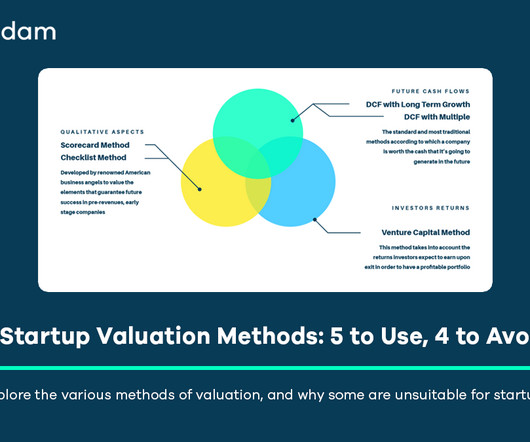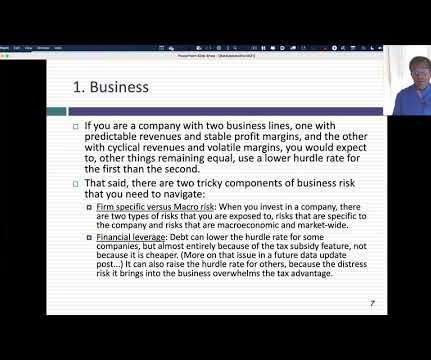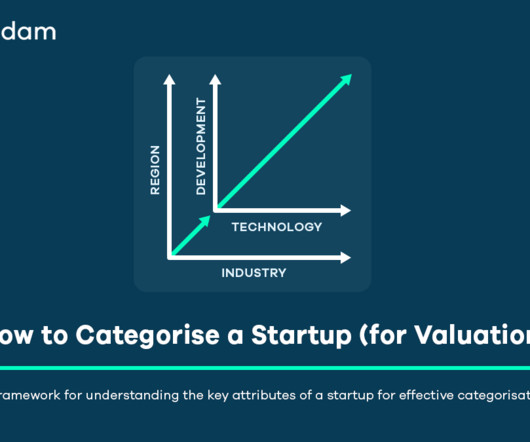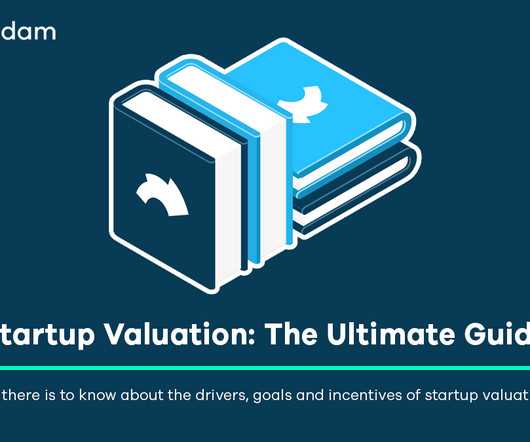9 Startup Valuation Methods: 5 to Use, 4 to Avoid
Equidam
APRIL 26, 2025
Information asymmetry is also common; founders possess deep insights into their operations and vision, while investors must assess the opportunity based on limited data and their own market expertise. Discount Rate (Cost of Equity): The rate used to discount future cash flows reflects the riskiness of the investment.












Let's personalize your content